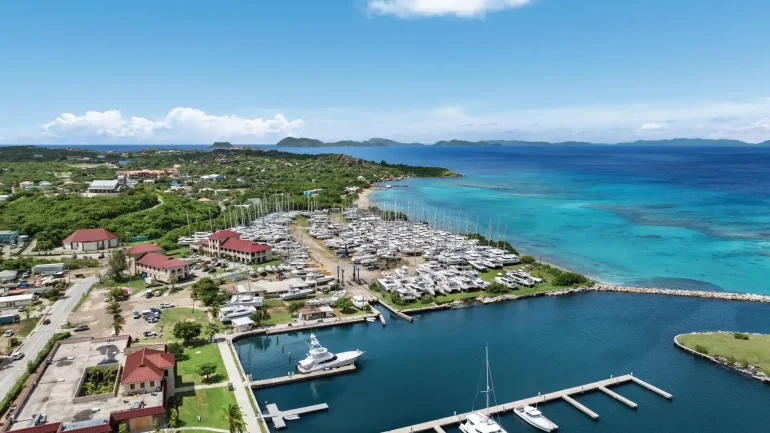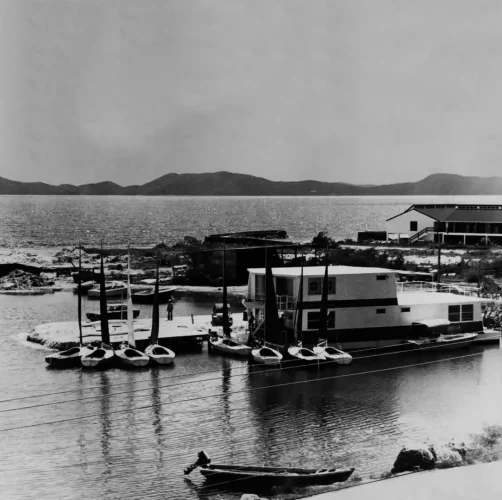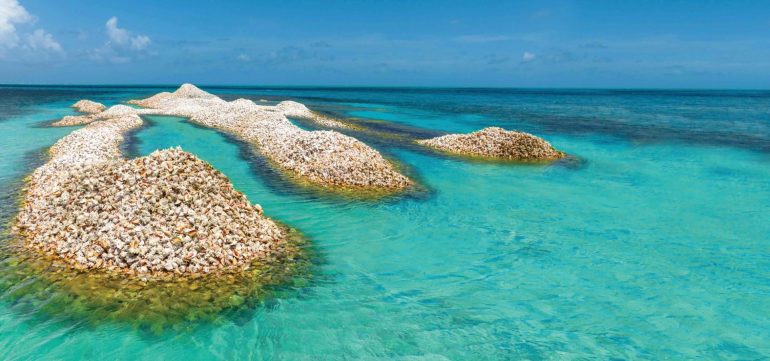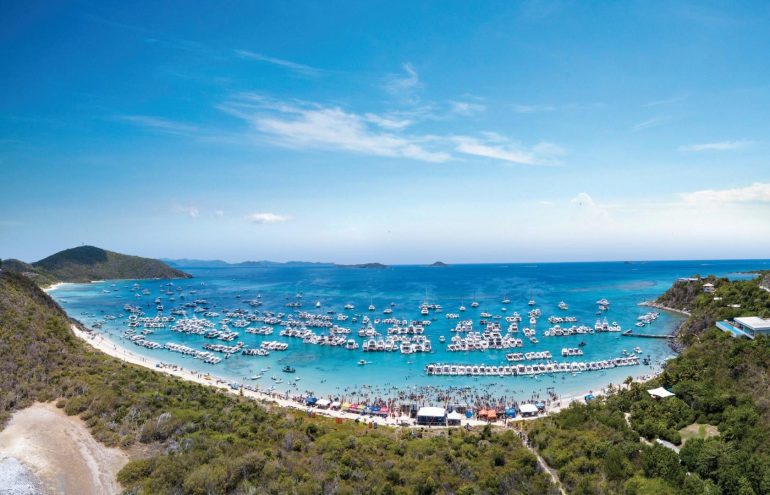For the next few months leading up to BVI Reef Check 2010, BVI Yacht Guide highlights one of the organisms from the Reef Check Indicator Species Checklist. The Global Coral Reef Crisis: Trends and Solutions states, “The goal of Reef Check monitoring is to detect ecologically and statistically significant changes on coral reefs that are caused by human activities.” We at Yacht Guide aim to raise awareness for this worthy cause.
The one thing that protects flamingo tongue snails from sea predators is the same thing that endangers them from human collectors—their colourful mantle tissue. Humans often make the mistake of believing that the brightly spotted mantle tissue is the flamingo tongue’s shell, but it’s not. It’s a part of the live animal and dies when the animal dies.
Photo courtesy of Nick Seth-Smith.
According to reefnews.com, the mantle tissue works like a fish's gills, exchanging oxygen and carbon dioxide with the water so the snail can breathe. Potential predators find the mantle tissue unpalatable, possibly because it secretes noxious gorgonian compounds after feeding on the soft skeletons of gorgonian corals, according to Donald J. Gerhart’s 1986 report in Marine Ecology Progress Series. Gerhart’s article also suggests that the distinctly patterned mantle serve as a caution to potential predators that the snail is distasteful. Or, the predator bites the mantle, dislikes the taste, then remembers the snail’s markings and avoids it in the future. This colouration, called aposematism, protects other species as well, including flamboyant cuttlefish and milkweed bugs—those little red and black bugs that cluster on the sidewalks and sands of Tortola.
The Global Coral Reef Crisis: Trends and Solutions, Reef Check’s five-year report, declares that “the flamingo tongue was added as an indicator of curio collecting,” supporting the theory that snorkelers and divers collect flamingo tongues for their spotted mantles. The same report mentions that “the highest numbers of flamingo tongue, 16.5 per 100 m2, were found in 2001 in the British Virgin Islands on Pelican and Spyglass Reefs.”
When I asked the Reef Check BVI team about this data, I started a lively discussion about the spotted, strangely named snail. Johan Kloppers,of Dive BVI wondered if the increased number of flamingo tongue snails in the BVI could be due to geography and also mentioned that the sightings seem to be “island specific.” He added, “The Dogs, for instance, has higher numbers than Ginger, Cooper, etc.” Dr. Clive Petrovic, an ecologist and avid diver, commented that he has “noticed variation in Flamingo Tongue populations at different sites” over the years. “Such observations,” he continued, “are especially interesting when recorded at locations rarely visited by divers,” indicating that curio collecting is possibly not a factor at those sites. The members of Reef Check BVI are dedicated to preserving the BVI’s high numbers of flamingo tongue snails, yet another fascinating creature in our waters.
Each year, volunteers from the BVI and abroad participate in Reef Check, a global effort that monitors the Earth’s reef ecosystems. A non-profit organization, Reef Check covers its operating costs with much-appreciated donations. To inquire about donating or participating locally, email [email protected]






